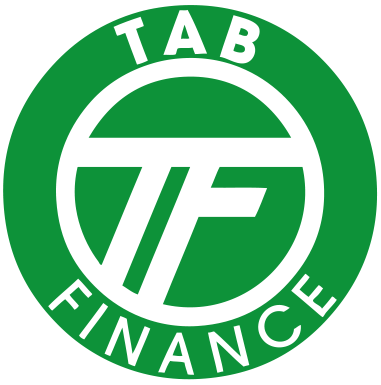
Market Order vs Limit Order: When to Use Which
Content
A limit order allows an investor to buy or sell a security at a specific price — an order will only execute at the given price or better. Limit orders are generally used as part of an overall strategy. Their use ensures that a tight rein is kept on that strategy and prevents an investor from buying too high or selling too low. They are also used as a means of controlling the price of a security or commodity. Please ensure you understand how this product works and whether you can afford to take the high risk of losing money. In addition to using different order types, traders can specify other conditions that affect an order’s time in effect, volume or price constraints.
- For example, you can choose from day orders that last the duration of the trading day or good-til-canceled , which remains in effect until an order is executed or you cancel.
- Once the stop price is reached, it will automatically trigger a limit order.
- Investors can choose a buy limit order or a sell limit order to set the limit on buying or selling, which offers more control over their investments.
- It is not intended to constitute investment advice or any other kind of professional advice and should not be relied upon as such.
- When someone first begins learning how to trade on the stock market, limit orders are one of the first concepts an investor will learn about.
- The order is not triggered until the specific desired market price is achieved.
Rather than continuously monitor the price of stocks or other securities, investors can place a limit order or a stop order with their broker. These orders are instructions to execute trades when a stock price hits a certain level. A limit order is used to try to take advantage of a certain target price and can be used for both buy and what is limit order sell orders. A limit order instructs the broker to trade a certain number of shares at a specific price or better. For buy orders, this means buy at the limit price or lower, and for sell limit orders, it means sell at the limit price or higher. Another thing to consider when placing a limit order is the order’s expiration date.
Placing a Trade With a Limit Order
A limit order is an instruction to the broker to trade a certain number shares at a specific price or better. For example, for an investor looking to buy a stock, a limit order at $50 means Buy this stock as soon as the price reaches $50 or lower. The investor would place such a limit order at a time when the stock is trading above $50. For someone wanting to sell, a limit order sets the floor price. So a limit order at $50 would be placed when the stock is trading at lower than $50, and the instruction to the broker is Sell this stock when the price reaches $50 or more. Limit orders are executed automatically as soon as there is an opportunity to trade at the limit price or better.
- Even then, execution of the limit order is not guaranteed, especially in highly volatile markets or regarding highly volatile securities with low liquidity.
- Stocks Explore 9,000+ stocks with company-specific analysis.
- Many buyers and sellers find the limit order to be one of the most important and useful tools for crafting investing success.
- Each investor needs to review an investment strategy for his or her own particular situation before making any investment decision.
- For example, suppose you enter a $30 sell limit order on XYZ stock before taking a week off for vacation.
This means that if BNB drops to $590, the system will automatically set up a sell limit order with the limit price you specified (for example, $585) or higher. However, there is no guarantee that your orders will be filled. If the market moves too fast, there is a chance your order will remain unfilled. https://www.bigshotrading.info/ When the BNB price reaches the target price or above, your order will be executed depending on market liquidity. If there are other BNB sell orders placed ahead of yours, the system will execute those orders first. Your limit order will be filled afterward with the remaining liquidity.
Mutual Funds and Mutual Fund Investing – Fidelity Investments
The order book is comprised of the market maker’s limit orders, as well as limit orders entered by other investors and traders. However, the market maker must maintain orders in the book, and other market participants do not have this requirement. It takes some experience to know where to set limit prices.
For example, you could set a stop-limit buy order with a stop of $10 and limit of $9.50. Once the stock drops down to $10, your brokerage will automatically place a limit order for $9.50. Similarly, a trailing stop-limit order combines a trailing stop-loss order with a limit order. If you want to buy or sell a stock, set a limit on your order that is outside daily price fluctuations. Ensure that the limit price is set at a point at which you can live with the outcome.
